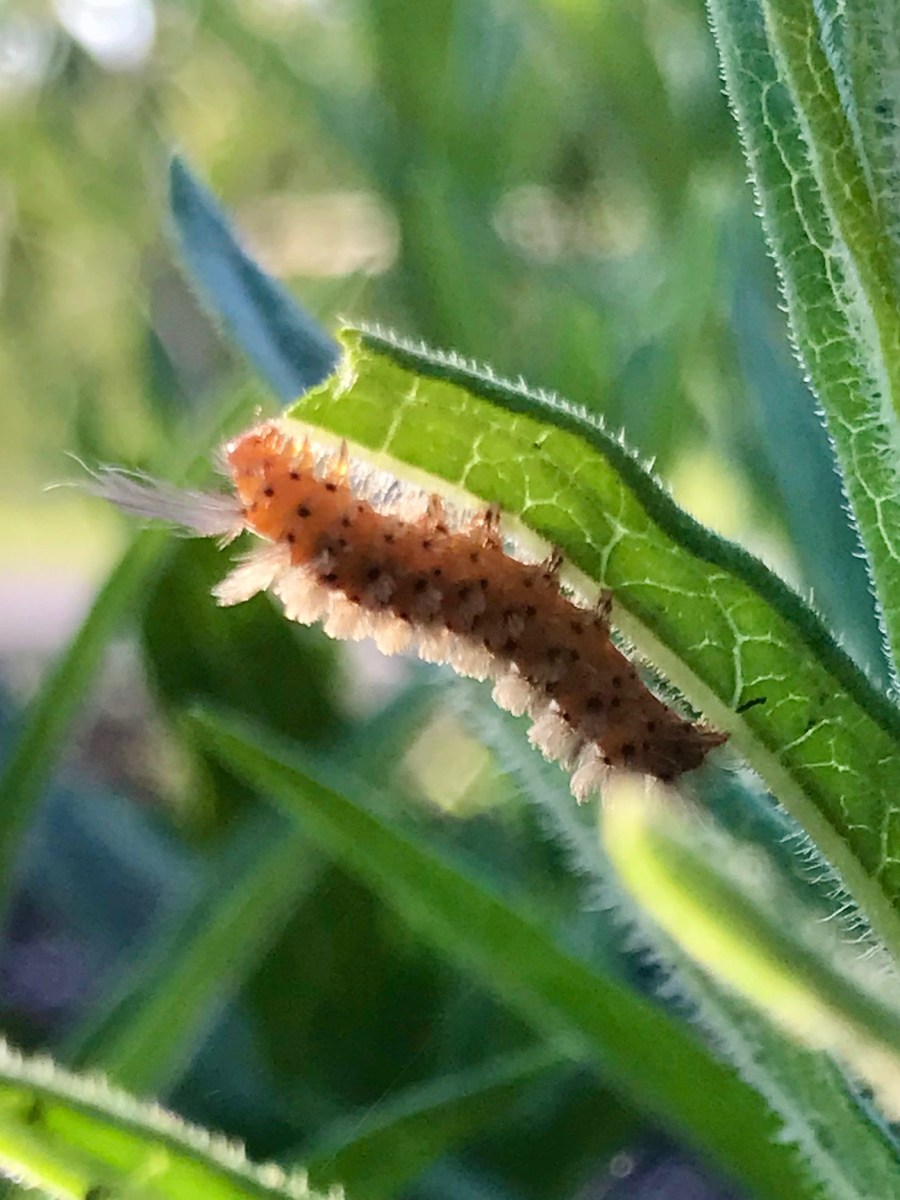Native Landscaping Promotes Biodiversity Beautifully

“If you build it, he will come …”
I think just about everyone remembers this quote from the famous late ’80s movie “Field Of Dreams,” starring Kevin Costner. Simply put, it means if you create something that everyone needs, they will come to you. Well, I would like to apply that meaning to a slightly different version of the quote. “If you plant it, they will come.” And unlike the movie quote this is not just a dream. It really works, for I have witnessed it happening with my own eyes!

Native plants that are included in your landscaping have many benefits, but perhaps the greatest (and possibly the most rewarding) benefit is the pollinators, butterflies, birds and other wildlife that native plants attract. They come with real needs, seeking food and shelter, thus creating natural diversity and sustainable ecosystems that are matched to their regions.

Specific relationships do exist between native plants and mycorrhizae (fungi that are symbiotic with the roots of a plant) invertebrates, pollinators and birds. They create a delicate balance that is just not possible to replicate with non-native plants. The fungi help plant roots to absorb more nitrogen and phosphorus; the invertebrates are attracted to the fungi for food; the plants are healthier, creating more pollen for the pollinators; and the birds eat the invertebrates, pollinators and the seeds. … See how this all works together in perfect harmony?

Another important factor to consider when choosing native plants versus non-native plants for landscaping would be the low-maintenance aspect of it. Native plants generally do not have the invasive qualities that we see occurring so often with the non-native varieties, yet will still fill in an area quickly, out-competing weeds, which in turn may mean less toxic chemicals applied for weed control. Centuries of acclimating to a certain region has resulted in deeper root systems, greater resistance to diseases and pests along with the ability to withstand droughts, floods and freezing temperatures, which combined allow less watering, fertilizing and spraying that would be required to maintain plants that are not indigenous to the area.

Did you know, even cultivars of native plants can impact this relationship balance by offering less nutritional value than their native counterparts? Some may even be toxic!
A beautiful example of a native planting you can visit and observe is at Miami Whitewater Forest in the Baughman parking lot island adjacent to the wetland area. It is filled with native plants and grasses, and is already putting on quite a show complete with wildlife and pollinators. When the first planting of non-natives and cultivars all perished within the first year with long droughts and freezing temperatures, the crew at Miami Whitewater Forest quickly stepped in and planted native plants indigenous to this region within a 100-mile radius, supplied by Shaker Trace Nursery and another local native plant nursery, Keystone Flora. You can stop by to witness the progress and beauty of these native plants while checking out the many pollinators, insects, butterflies and other wildlife it has already attracted in just a few short months!
In conclusion, the many benefits of planting native species include restoring natural habitats for birds, butterflies, pollinators and other wildlife by providing food, pollen and shelter with reduced maintenance and less impact on the environment. In turn, creating natural biodiversity, all while imparting a unique beauty all its own to be enjoyed for many years to come. Why not plant your own native space and see what comes?
Below are just a few of the many native species that thrive in Hamilton County and create homes and provide food for local pollinators.




—
Jennifer McCullough
Conservation & Parks Technician, Miami Whitewater Forest
